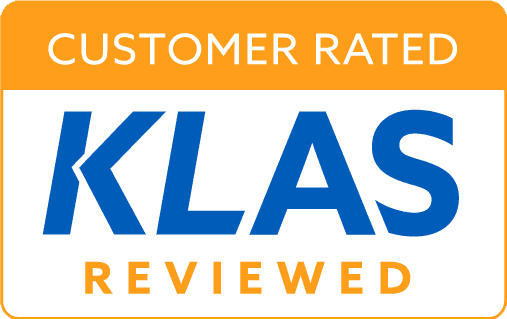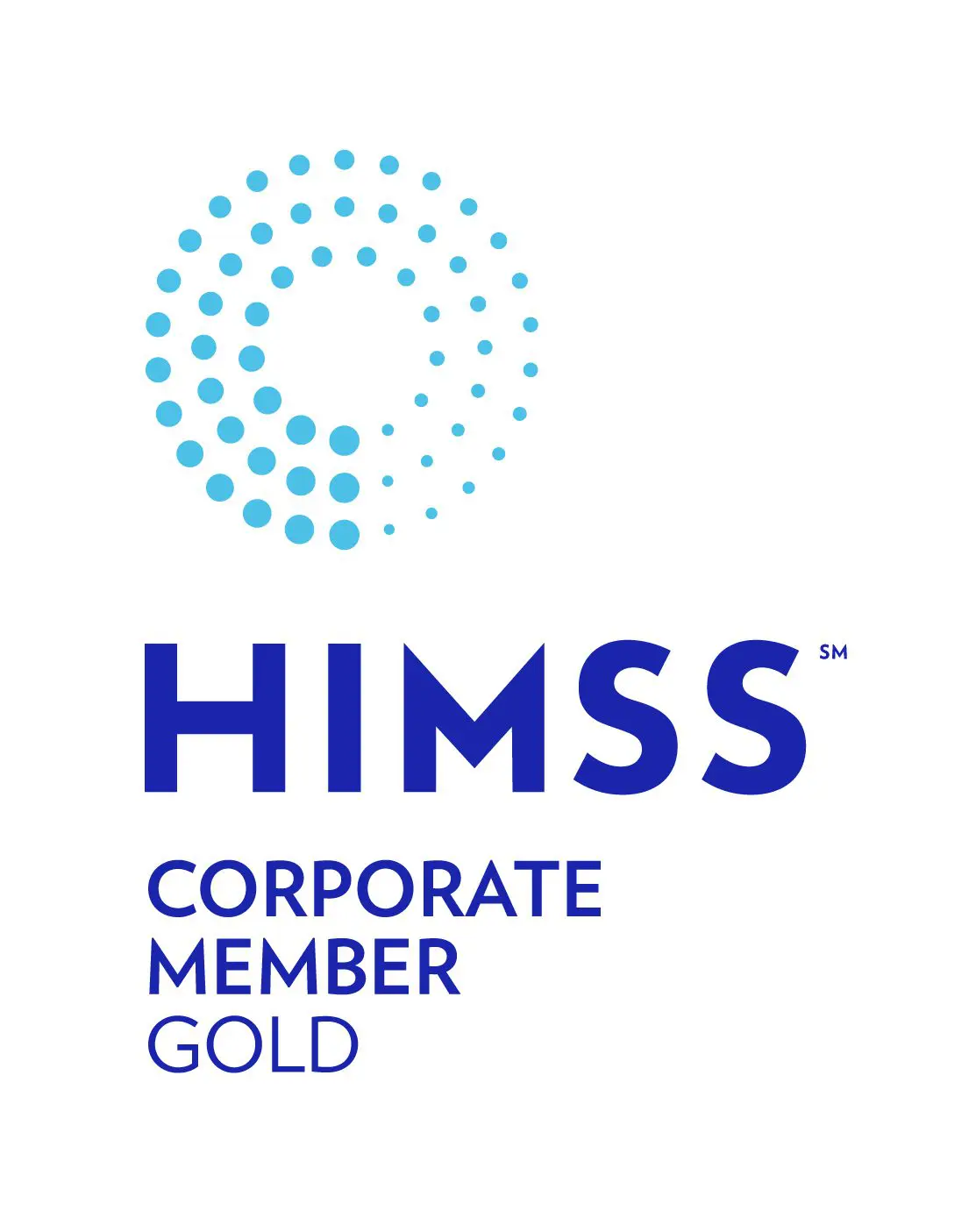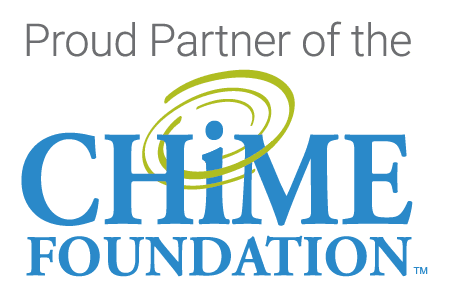
We are dedicated to assisting healthcare delivery organizations with health data management. This includes big picture product planning down to tactical project execution on data extractions, conversions, and migrations. Looking at 2023, our team is watching three trends that each require providers to have a strategy and a plan.
1. Containing Costs Will Have Every Department on the Front Line
Our Take: Financial pressures in healthcare are being driven by increased labor costs, staffing shortages, supply chain issues and inflation. According to industry research, hospital and health system expenses are expected to increase $135 billion in 2023. Rural hospitals continue to struggle with 30% at risk of shutting down.
These cost pressures are being met with unprecedented health data volumes. In fact, 30% of the world’s data volume currently is generated by the healthcare industry, and by 2025 the compound annual growth rate for health data is expected to hit 36%. This is faster than other industries such as manufacturing, financial services, media and entertainment.
Managing the lifecycle of health data involves an evolving portfolio of systems and applications. Over time, some systems/applications are kept up and running to meet record retention requirements but can actually cost an organization up to a 15% budget increase every year in maintenance alone. For many reasons, streamlining the IT portfolio may be a better alternative.
Our Recommendation: Reduce the cost burden by streamlining your application portfolio. This includes taking steps to prioritize and decommission data stores to reduce costs and comply with record retention regulations. An active archive like HealthData Archiver® can consolidate the legacy data and keep it secure and accessible to meet Cures Act and other requirements.
Our Resources: Check out these resources for more information about cost containment.
- How to Reduce Medical Record Storage Cost in Healthcare
- HealthSystemCIO: Finding Cost Savings with Legacy Data Management – Healthcare Data Management Software & Services
- Webinar: Archiving as a Solution to Reduce Costs, Consolidate Historical Records & Wind Down A/R – Healthcare Data Management Software & Services
- Case Study-RockWood-Group
2. The Patient is Center Stage as IT Providers Step up to Deliver
Our Take: Every healthcare delivery organization in the country is working through compliance with the 21st Century Cures Act and ONC Final Rule. The goal of the Act/Rule is seamless and secure access, exchange, and use of electronic health information for patients and between providers. While we have all witnessed the evolution of the regulations coming to light, the time is now for providers to avoid information blocking and meet interoperability requirements or face fines for noncompliance.
Expanded rules expected to gain traction in 2023 include even more transparency in information for patients including the availability for patients to view clinical notes and notes from staff members.
Innovative IT solutions are needed more than ever to support compliance with the Cures Act and to offer best practices for sharing data with consumers.
Our Recommendation: Ensure the full historical patient narrative can be delivered to the patient upon request to increase care and satisfaction. When considering how to include historical records as a part of the release of information, consider a
Our Resources: We have several resources that provide an in-depth analysis of the health IT challenges and suggestions relating to the Cures Act.
- 21st Century Cures Act – Information Blocking & Rule Summary
- HealthData Talks Podcast: ONC Annual Meeting Takeaways
- USCDI: Supporting Interoperability Requirements of the Cures Act
- 21st Century Cures Act and the Push for REST API Adoption
- Understanding TEFCA and its Role in National Interoperability
3. Security Focus Requires Vigilance – Legacy Software Ranks as No. 1 “Bad Practice”
Our Take: Healthcare continues to be the number one target for cybersecurity attacks. Over time, EMRs have become more of a target and now represent 10 percent of all cyberattacks. Another record setting figure is the average cost of a breach is at an all-time high of $10.1 million. While there are many initiatives underway to tighten security and provide more training to employees, keeping legacy and unsupported software in use is the leading “bad practice” according to the Cybersecurity and Infrastructure Security Agency (CISA).
Our Recommendation: It is imperative to consolidate legacy data and decommission out of production applications. This action is a major step forward toward keeping the patient, business, and employee data in your care secure.
Our Resources:
- EMRs Under Attack: Legacy Software Ranks as No. 1 Cybersecurity “Bad Practice” – Healthcare Data Management Software & Services
- Four Best Practices to Protect Health Data Every Day
- When Disaster Strikes: Protecting ePHI from all Kinds of Storms
Our team is onboard and ready to assist healthcare delivery organizations with health data management with customizable solutions to meet our clients’ unique requirements.
We offer a suite of products and services that consolidates data stores, reduces out-of-production system maintenance costs, mitigates technical risk, complies with record retention mandates, and offers interoperability capabilities.
Is your organization looking for a strong partner to successfully manage legacy data? We’re ready to help.






